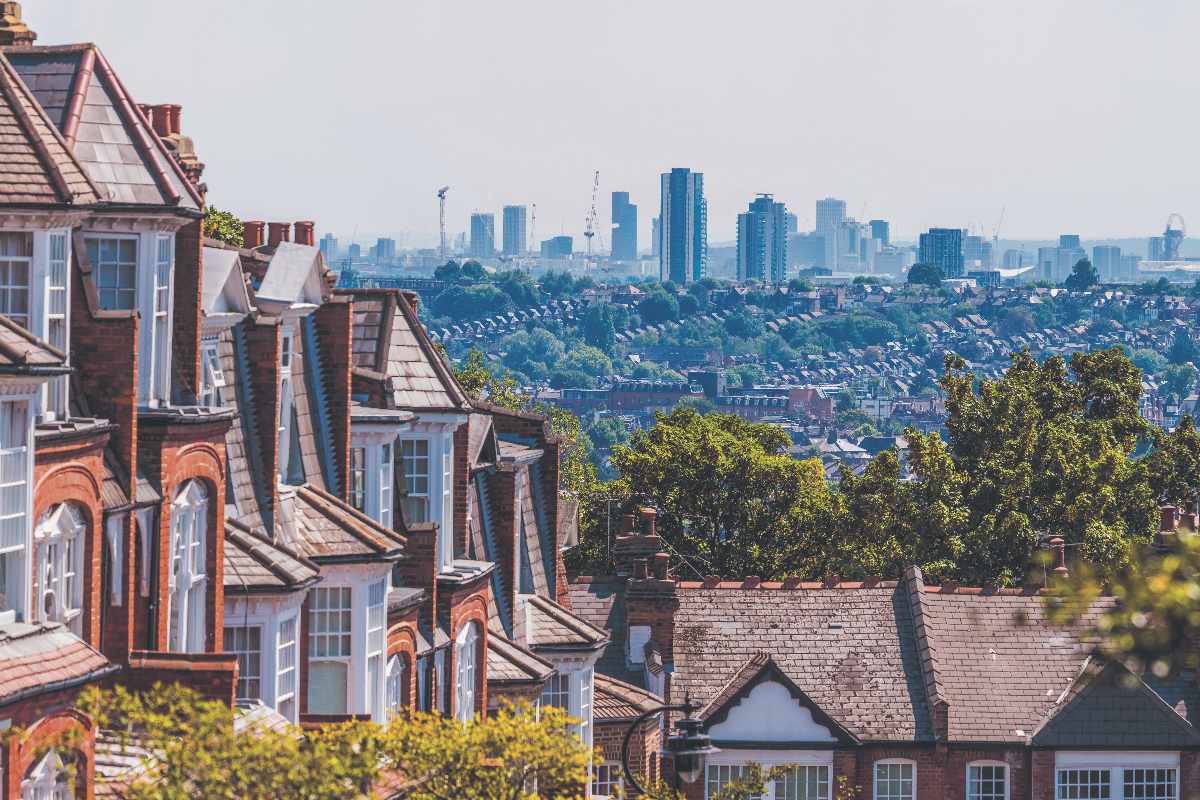Hiking capital gains tax (CGT) in the Budget could see the number of landlord-owned properties fall by almost 1m in the next ten years, a report suggests.
In a paper published back in 2022, Capital Economics, a leading economic consultancy, predicted that hiking CGT would actually cost the Treasury.
Landlords currently pay 24 per cent on transactions, although at the time of the report the CGT rate on second homes stood at 28 per cent. Lifting this to 40 or 45 per cent could result in a 910,000 shortfall in properties available to rent, the consultancy said.
Capital Economics forecast that the tax hike would see 790,000 properties sold and 120,000 fewer purchases.
Although the tax hike in itself would raise £16.2bn, this would be offset by a £26.1bn fall in income tax revenue as landlords existed the business.
Could hiking CGT cost Britain money?
Including changes to corporation tax and stamp duty, Capital Economics predicted that the Treasury would face a loss of £3.6bn.
The report was commissioned by the National Residential Landlords Association and was first reported on by the Times.
It comes as Chancellor Rachel Reeves is reportedly considering hiking CGT in the Budget as she seeks to put the public finances on surer ground.
The capital gains rate sits at 20 per cent on all chargeable assets other than residential property, where the tax is levied at 24 per cent on homes that aren’t a primary residence
Reports suggested that the tax on second homes could be lifted to as much as 39 per cent, although Prime Minister Keir Starmer indicated this was unlikely.
Speaking about CGT at the Investment Summit on Monday, Starmer said “a lot of speculation is getting pretty wide of the mark”.
Treasury analysis suggests that the behavioural impact of CGT hikes would limit the amount of revenue the levy would actually raise because people would simply stop selling assets.
According to HMRC, a 10 percentage point increase in CGT rates could cost the Treasury £2bn by 2027-28.

